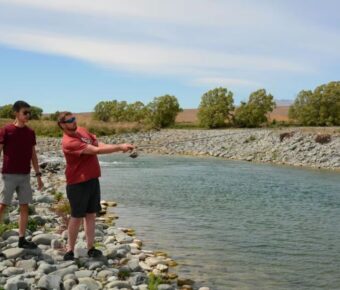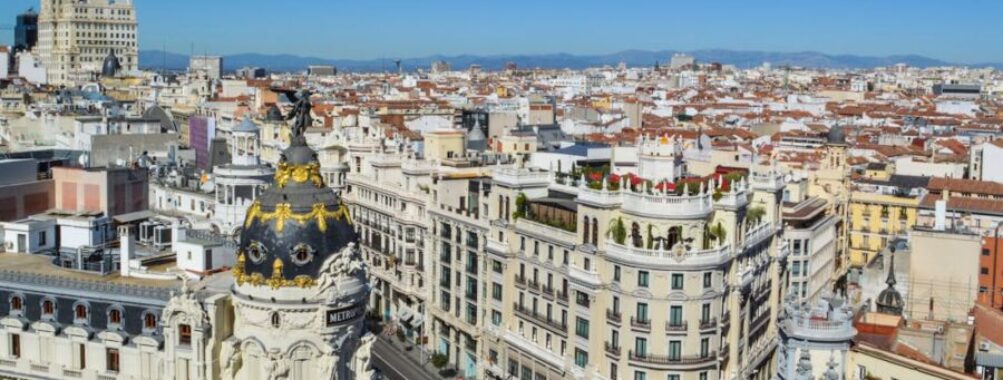
Is Madrid Safe? 5 Insider Tips for Worry-Free Travel in Spain’s Capital
Madrid, Spain‘s vibrant capital, draws millions of visitors each year with its rich culture and stunning architecture. But is it safe to explore? Madrid is generally a safe city for tourists, with low rates of violent crime. Like many major European destinations, the main safety concern is petty theft and pickpocketing in crowded areas.
Travelers can feel at ease wandering Madrid’s charming streets and world-class museums. The city has a lively atmosphere day and night, with locals and tourists mingling in bustling plazas and cozy tapas bars. Still, it’s smart to stay alert in touristy spots and on public transport.
Taking basic precautions goes a long way in Madrid. Visitors should keep an eye on belongings, avoid flashing valuables, and stick to well-lit areas after dark. With some common sense, travelers can relax and soak up all the Spanish capital has to offer.
Contents
- General Safety Overview
- Crime Rate and Statistics
- Common Crimes in Madrid
- Comparative Safety to Other European Capitals
- Tourist Safety
- Areas to Avoid in Madrid
- Safety in Well-Known Districts
- Tourist Attractions and Scams
- Transportation and Theft
- Public Transport Safety
- Metro and Bus Stations
- Airport and Atocha Train Station Security
- Personal Safety Measures
- Protecting Your Valuables
- Avoiding Pickpocketing and Theft
- Useful Spanish Phrases for Emergencies
- Special Considerations
- Solo Female Travelers
- LGBTQ+ Travelers
- Weather and Natural Disasters
- Residential and Less Touristy Areas
- Usera and Villaverde: A Closer Look
- Chamberí and Malasaña: Safety in Trendy Neighborhoods
- Chueca and Lavapiés: Cultural and Nightlife Hotspots
- Preparing Your Trip
- Understanding Visa Requirements
- Best Time to Visit Madrid
- Travel Insurance Recommendations
- Responding to Emergencies and Threats
- Dealing with Theft and Mugging
- Actions During Civil Unrest
- Terrorism Awareness and Safety Tips
- Frequently Asked Questions
- What precautions should solo female travelers take when visiting Madrid?
- What measures should tourists consider to ensure their safety while in Madrid?
- How does Madrid’s safety compare to Barcelona for travelers?
- Can tourists feel secure walking in Madrid during nocturnal hours?
- What are the safety considerations for expatriates residing in Madrid?
- How does Madrid fare in terms of urban safety against natural disasters like flooding?
- More Travel Guides
General Safety Overview
Madrid is a relatively safe city for travelers, but like any major urban area, it has its share of concerns. Visitors should stay alert and take basic precautions to ensure a worry-free trip.
Crime Rate and Statistics
Madrid’s crime rate is lower than many other European capitals. Violent crimes are rare, especially against tourists. The city’s overall crime index is around 35 out of 100, which is considered low. Property crimes make up most offenses.
Police presence is strong in tourist areas. Madrid has over 6,000 officers patrolling the streets. Emergency response times are quick, usually under 10 minutes.
While exact figures vary, reported crimes have decreased in recent years. The pandemic led to a further drop in 2020-2021, though numbers are slowly rising as tourism returns.
Common Crimes in Madrid
Pickpocketing is the biggest concern for visitors. Thieves often work in teams and target crowded areas like:
- Metro stations
- Popular squares
- Tourist attractions
Scams are another issue. Be wary of:
- Fake petitions
- “Found” rings
- Overcharging taxis
Bag snatching happens occasionally. Keep valuables close, especially on public transport or in busy areas.
Violent crimes are uncommon but can occur late at night in some neighborhoods. Stick to well-lit areas after dark.
Comparative Safety to Other European Capitals
Madrid ranks as one of the safer major cities in Europe. It’s generally considered safer than Rome, Paris, or Barcelona in terms of petty crime.
The Spanish capital has lower violent crime rates than London or Berlin. It’s about on par with Vienna for overall safety.
Public transportation in Madrid is cleaner and safer than many other European cities. The metro runs until late and is well-patrolled.
Street harassment is less common in Madrid compared to some other capitals. Solo female travelers often report feeling comfortable exploring the city.
Tourist Safety

Madrid is generally a safe city for tourists, but it’s important to be aware of potential risks and take precautions. Visitors should stay alert in crowded areas and keep an eye on their belongings.
Areas to Avoid in Madrid
While most of Madrid is safe, some neighborhoods require extra caution. Late at night, it’s best to steer clear of Lavapiés and Tetuán. These areas can get a bit sketchy after dark. Chueca is usually fine, but gets rowdy on weekends.
The Metro is safe during the day, but be careful at night, especially if you’re alone. Stick to well-lit streets and busy areas after dark. If you feel unsafe, duck into a shop or cafe until you can grab a taxi.
Tourists should also watch out in Sol and Gran Vía. These spots are popular with pickpockets due to the crowds. Keep your wallet in your front pocket and hold your bag close.
Safety in Well-Known Districts
Popular tourist areas like Plaza Mayor and Puerta del Sol are generally safe. But they’re often packed, so stay alert. The Royal Palace area is well-patrolled and secure.
Retiro Park is lovely during the day but empties out at night. It’s best to leave before it gets dark. La Latina is great for tapas, but can get busy on weekends. Keep an eye on your drinks and belongings.
Malasaña and Chueca are hip neighborhoods that are fun to explore. They’re usually safe, but get lively at night. If bar-hopping, go with a group and don’t overdo it on the sangria!
Tourist Attractions and Scams
Madrid’s top sights are safe, but scams exist. At the Prado Museum, watch for fake ticket sellers outside. Buy tickets at official booths only.
Street performers in Sol might try to distract you while an accomplice picks your pocket. Enjoy the show, but mind your stuff.
Be wary of overly friendly strangers offering help or roses. It’s often a ploy to steal from you. Politely decline and walk away.
Taxi scams happen too. Use official cabs or ride-sharing apps. If a driver claims the meter is broken, find another taxi.
Remember, most locals are friendly and helpful. But stay alert and trust your gut. With some common sense, you’ll have a great time in Madrid!
Transportation and Theft
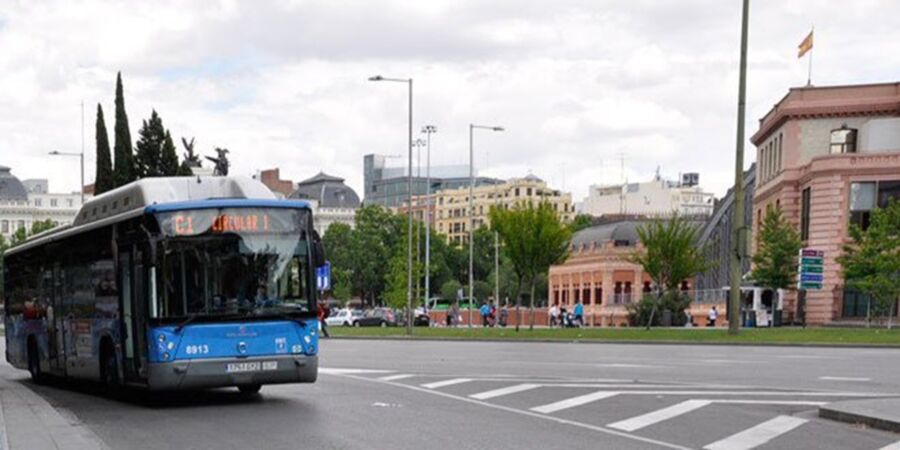
Madrid’s public transit system is generally safe, but travelers should stay alert. Pickpockets sometimes target busy stations and crowded vehicles. Here’s what you need to know to protect yourself while getting around the city.
Public Transport Safety
Madrid’s buses and metro are good ways to explore the city. But watch your stuff! Thieves like to snatch bags and phones when it’s packed. Keep valuables close, especially during rush hour. Zippers and front pockets are your friends. Don’t fall asleep on late-night rides. If something feels off, trust your gut and move to another seat or car.
Taxis are pretty safe too. Just make sure to use official cabs with proper ID. Uber and other ride-shares work well in Madrid. They’re often cheaper than taxis and let you track your trip.
Metro and Bus Stations
Big stations like Sol and Atocha can get super busy. That’s prime time for pickpockets. Keep an eye on your bags while buying tickets or checking maps. Stash wallets in front pockets or use a money belt. Be extra careful on escalators – it’s easy for thieves to grab and run.
At night, stick to well-lit areas of stations. Some stops have security guards, which helps. If you’re traveling late, try to buddy up with other passengers. Madrid’s night buses (búhos) run after the metro closes. They’re generally safe but stay alert.
Airport and Atocha Train Station Security
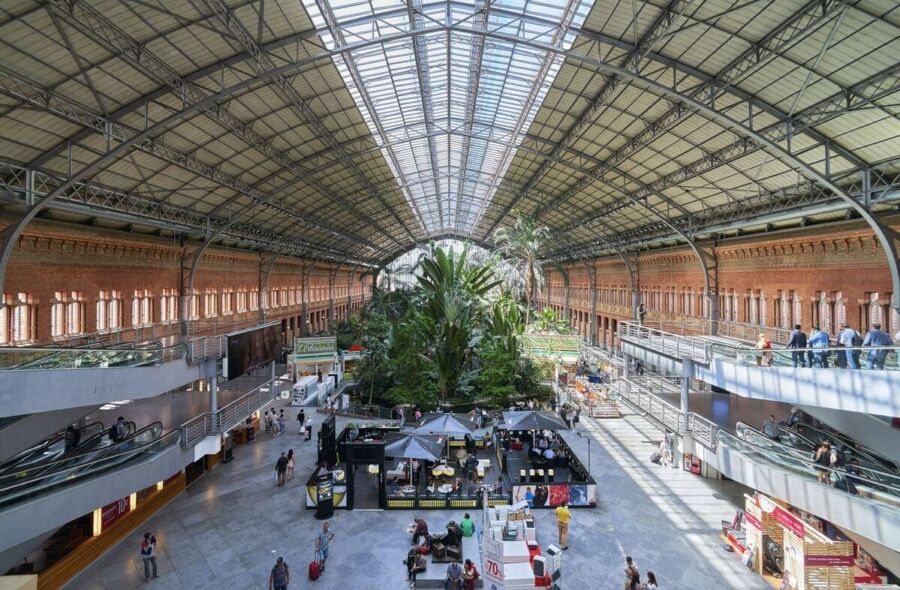
Madrid’s airport has tight security, but stay smart in public areas. Keep bags close at baggage claim. Be wary of “helpful” strangers offering to carry your stuff. Official porters wear uniforms.
Atocha station is huge and busy. It’s a target for pickpockets, especially near ticket machines and info boards. Don’t leave luggage unattended, even for a minute. Use official lockers if you need to store bags. The police presence here is strong, which deters some crime. But you’re still your own best protection. Stay aware and you’ll likely have a hassle-free trip!
Personal Safety Measures
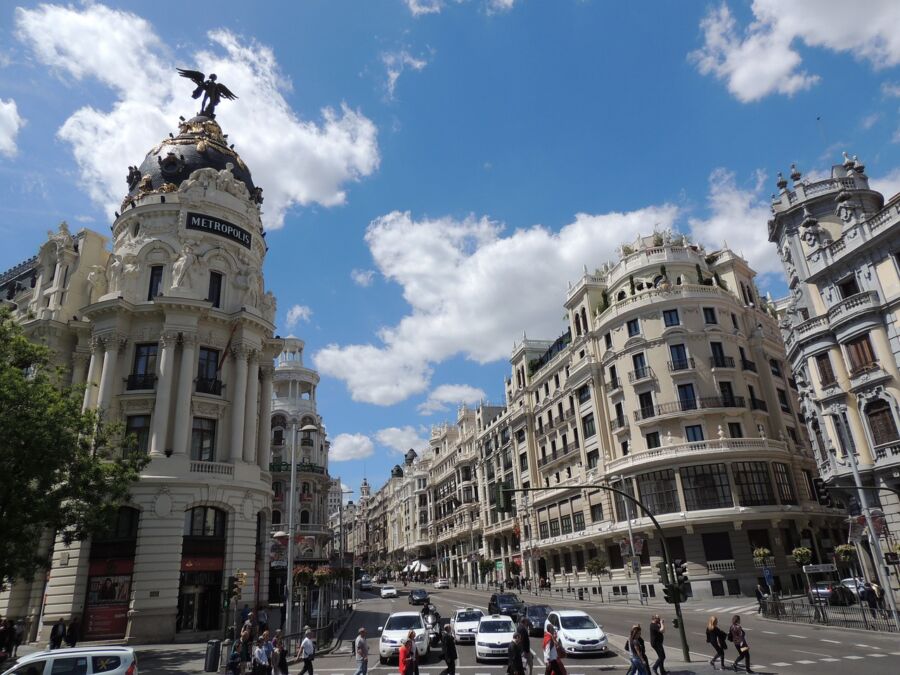
Madrid is generally safe, but it’s smart to take some simple steps to protect yourself and your stuff. Being aware and prepared can help you avoid problems and enjoy your trip more.
Protecting Your Valuables
Keep your important items close and out of sight. Use a money belt under your clothes for cash, cards, and passport. Leave extra cash and valuables in your hotel safe. Don’t flash expensive jewelry or electronics in public.
Spread out your money in different pockets or bags. This way, if something gets lost or stolen, you won’t lose everything. Be extra careful in crowded spots like the Metro or busy streets.
When eating out, keep your bag on your lap or between your feet. Don’t hang it on your chair or put it on the ground where someone could grab it.
Avoiding Pickpocketing and Theft
Stay alert in busy areas like Plaza Mayor and Puerta del Sol. These spots are great for sightseeing but also attract pickpockets. Keep your hands on your belongings in crowds.
Be wary of distractions. Thieves often work in teams, with one person creating a distraction while another steals your stuff. If someone bumps into you or spills something on you, check your pockets right away.
Don’t leave your phone on the table at outdoor cafes. It’s easy for someone to swipe it and run. Keep bags zipped up and close to your body, especially on public transport.
Useful Spanish Phrases for Emergencies
Knowing a few key Spanish phrases can help in tough spots. Here are some to remember:
“Ayuda!” – Help!
“Llame a la policía” – Call the police
“Necesito un médico” – I need a doctor
“¿Dónde está el hospital?” – Where is the hospital?
Save the local emergency number (112) in your phone. It’s a good idea to learn how to say your allergies or health conditions in Spanish, just in case.
If you’re lost, ask for directions at a shop or cafe instead of on the street. Most locals are happy to help tourists find their way.
Special Considerations
Madrid is generally safe, but some groups may need to take extra precautions. Weather and natural events can also impact travel plans.
Solo Female Travelers
Madrid is pretty safe for women traveling alone. The city has a lively vibe, with lots of people out and about at all hours. Still, it’s smart to stay alert, especially at night.
Stick to well-lit, busy areas after dark. The metro is usually fine, but taxis might be better very late. Some neighborhoods like Lavapiés can feel a bit sketchy, so trust your gut.
Ladies-only tours and hostels are good ways to meet other solo travelers. Cafes and parks are great for hanging out during the day without feeling awkward. Just keep an eye on your stuff – pickpockets love distracted tourists!
LGBTQ+ Travelers
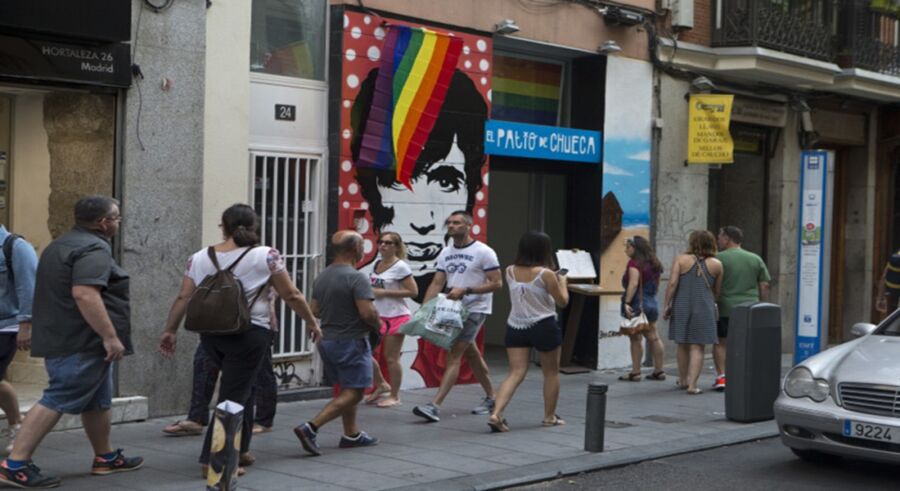
Madrid welcomes LGBTQ+ visitors with open arms. The Chueca neighborhood is the heart of the gay scene, packed with friendly bars and clubs. Pride celebrations here are huge!
Same-sex couples can feel comfortable being affectionate in public, especially in central areas. But like anywhere, use common sense in unfamiliar spots late at night.
Trans travelers should know that Spain has progressive laws on gender identity. But healthcare access can be tricky for visitors, so plan ahead if needed.
Some smaller towns outside Madrid might be less open-minded. But in the city itself, LGBTQ+ folks can relax and enjoy without much worry.
Weather and Natural Disasters
Madrid’s weather is pretty mild, but it can throw some curveballs. Summers get hot – we’re talking 95°F or more. Bring sunscreen and stay hydrated. Winters are chilly, with temps near freezing at night.
Snow is rare but causes chaos when it happens. The city just isn’t used to it. Heavy rains can lead to flash floods in some areas.
Earthquakes aren’t a big worry, but small tremors do occur sometimes. Forest fires can be an issue in surrounding areas during dry spells.
The biggest weather risk is probably heat waves. When it gets super hot, stay indoors during peak hours and drink tons of water. Madrid’s ready for most weather, but it never hurts to check forecasts before your trip.
Residential and Less Touristy Areas
Madrid has some great neighborhoods away from the tourist crowds. These areas let you see how locals really live and can be safer than busy tourist spots.
Usera and Villaverde: A Closer Look
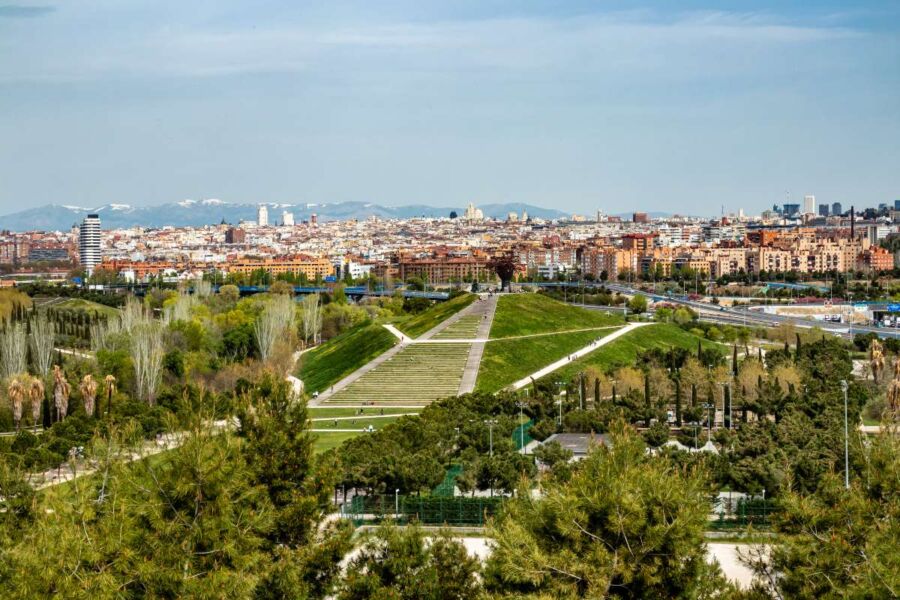
Usera and Villaverde are working-class areas in southern Madrid. They’re not fancy, but they’re affordable and have a local vibe. Usera has a big Chinese community with tasty restaurants. Villaverde is more industrial but has nice parks.
These neighborhoods aren’t as safe as central Madrid. Keep an eye on your stuff, especially at night. But violent crime is still rare. Most issues are just petty theft.
During the day, you can explore markets and parks without worry. Just use common sense like you would in any big city.
Chamberí and Malasaña: Safety in Trendy Neighborhoods
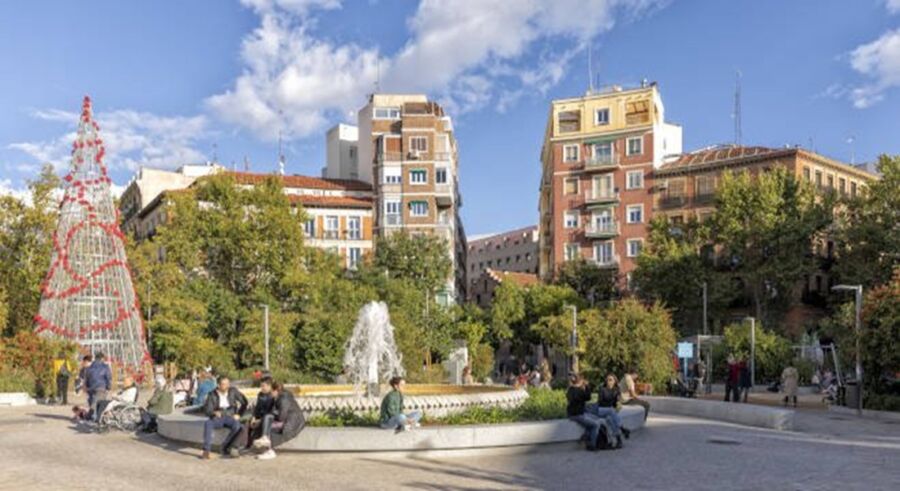
Locals love Chamberí and Malasaña. They’re pretty safe, even at night. Chamberí is quiet and residential. It has beautiful old buildings and nice cafes.
Malasaña is younger and trendier. It’s full of cool bars, vintage shops, and street art. At night, people bar-hop here.
Watch out for pickpockets in crowded spots. But overall, you can relax and enjoy yourself here. The streets are well-lit and there are always people around.
Chueca and Lavapiés: Cultural and Nightlife Hotspots
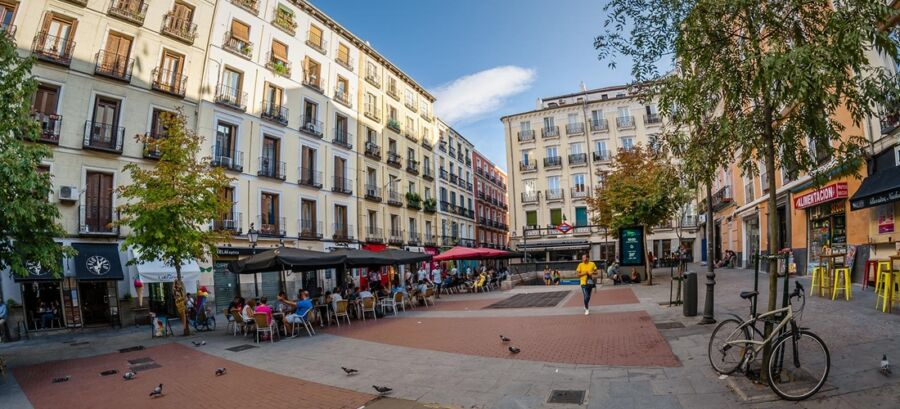
Chueca is Madrid’s LGBT+ hub. It’s lively, colorful, and welcoming to all. The streets are busy day and night. This makes it quite safe, but stay alert in big crowds.
Lavapiés is Madrid’s most diverse area. It has a mix of cultures and great food. It used to have a rough reputation. But it’s gotten much safer in recent years.
Both neighborhoods have tons of bars and clubs. They’re fun at night, but don’t overdo it with drinking. Stick to main streets and you’ll be fine. These areas show Madrid’s fun, open-minded spirit.
Preparing Your Trip
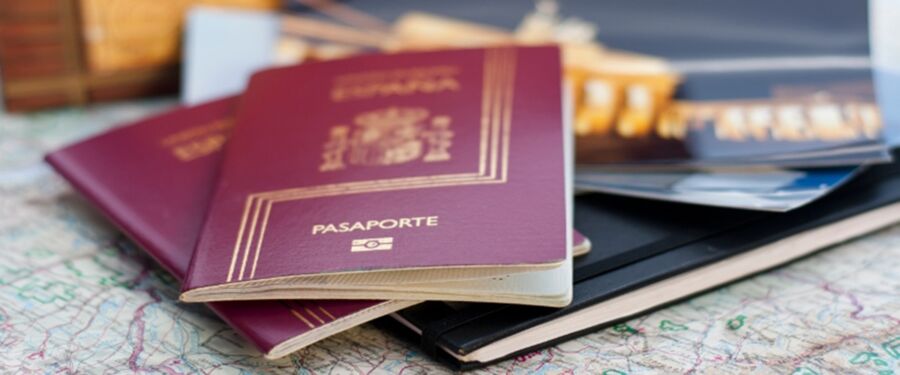
Getting ready for Madrid means taking care of a few key things. Let’s look at what you need to know about visas, the best times to visit, and travel insurance for your trip to Spain’s capital.
Understanding Visa Requirements
Most tourists don’t need a visa to visit Madrid. If you’re from the EU, US, Canada, or many other countries, you can stay for up to 90 days without one. But always check the latest rules before you go. They can change.
For longer stays or work visits, you’ll need a special visa. The process can take time, so start early. You might need to show proof of where you’ll stay and that you have enough money for your trip.
Remember, your passport should be valid for at least 3 months after you plan to leave Spain. It’s a good idea to have 6 months, just to be safe.
Best Time to Visit Madrid
Spring and fall are great times to visit Madrid. The weather’s nice, and there aren’t as many tourists. March to May and September to November are ideal.
Summers can get really hot, often over 90°F (32°C). Lots of locals leave town in August. Some shops and restaurants might be closed then.
Winters are cold but not terrible. You might catch some cool events if you visit in December or January. Just pack a warm coat!
Here’s a quick look at Madrid’s seasons:
- Spring: Mild, occasional rain
- Summer: Hot and dry
- Fall: Cool and comfortable
- Winter: Cold, sometimes frosty
Travel Insurance Recommendations
Travel insurance is a smart move for your Madrid trip. It can help if you get sick, lose your stuff, or have to cancel your plans.
Look for a policy that covers:
- Medical emergencies
- Trip cancellation
- Lost luggage
- Flight delays
Some credit cards offer travel insurance, but check what they actually cover. It might not be enough.
Don’t forget to read the fine print. Some policies won’t cover certain activities or pre-existing health issues. If you plan to do any adventure sports in Madrid, make sure that’s included too.
It’s usually cheaper to buy insurance right after you book your trip. Shop around and compare a few options before you decide.
Responding to Emergencies and Threats
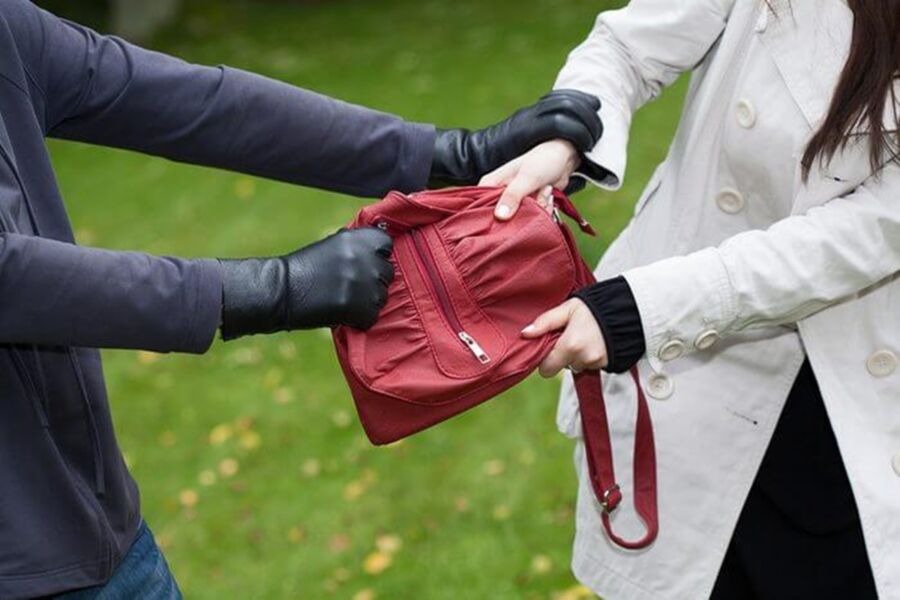
Madrid is generally safe, but knowing how to handle unexpected situations can make a big difference. Travelers should be prepared for various scenarios, from petty crime to larger-scale events.
Dealing with Theft and Mugging
Pickpocketing is the most common crime in Madrid. Keep your belongings close, especially in crowded areas like the Metro or busy tourist spots. Use a money belt or hidden pouch for valuables.
If someone tries to grab your bag, don’t resist – your safety is more important than your stuff. Yell “¡Ayuda!” (Help!) to get attention.
After any incident, go to the nearest police station to file a report. You’ll need this for insurance claims. The police are usually helpful and some speak English.
Actions During Civil Unrest
Madrid occasionally sees protests or strikes. These are usually peaceful, but it’s best to steer clear. If you stumble into a demonstration, stay calm and leave the area quickly.
Follow local news and your embassy’s advice. Some protests are planned in advance, so you can avoid those areas.
If things get chaotic, find a safe spot indoors – a café or shop – until the situation calms down. Don’t take photos or videos, as this might anger protesters.
Terrorism Awareness and Safety Tips
The risk of terrorism in Madrid is low, but it’s smart to stay alert. Be aware of your surroundings, especially in busy public places.
If you hear loud noises or see people running, don’t stop to figure out why – just get away from the area quickly. Look for exits when you enter buildings or use public transport.
Know the emergency number: 112. It works for police, fire, and medical help. Save it in your phone. If something happens, follow instructions from local authorities.
Frequently Asked Questions
Madrid is generally a safe city for travelers, but it’s always wise to take precautions. Here are some common questions about safety in the Spanish capital.
What precautions should solo female travelers take when visiting Madrid?
Solo female travelers should stay aware of their surroundings, especially at night. It’s smart to stick to well-lit areas and avoid walking alone in unfamiliar neighborhoods after dark. Keeping valuables close and using official taxis or rideshare apps can help ensure a safe trip.
What measures should tourists consider to ensure their safety while in Madrid?
Tourists should keep an eye on their belongings in crowded areas like markets and public transport. It’s a good idea to use a money belt or hidden pouch for important items. Staying alert and avoiding flashy displays of wealth can reduce the risk of pickpocketing.
How does Madrid’s safety compare to Barcelona for travelers?
Madrid and Barcelona are both relatively safe cities. Madrid tends to have lower rates of petty crime compared to Barcelona. Tourists in Madrid might feel a bit more relaxed, but it’s still important to stay cautious in both cities.
Can tourists feel secure walking in Madrid during nocturnal hours?
Many areas in Madrid are quite safe for nighttime strolls. The city center stays lively late into the night. Still, it’s best to stick to well-lit, busy streets and avoid isolated areas. Using common sense goes a long way in staying safe after dark.
What are the safety considerations for expatriates residing in Madrid?
Expats in Madrid generally enjoy a safe living environment. It’s helpful to get to know the neighborhood and local customs. Learning some basic Spanish can make daily life easier and safer. Expats should also familiarize themselves with emergency services and healthcare options.
How does Madrid fare in terms of urban safety against natural disasters like flooding?
Madrid doesn’t face major risks from natural disasters. The city rarely experiences severe flooding or earthquakes. Its inland location protects it from coastal threats. Madrid’s main environmental concerns are heatwaves in summer and occasional air pollution.


